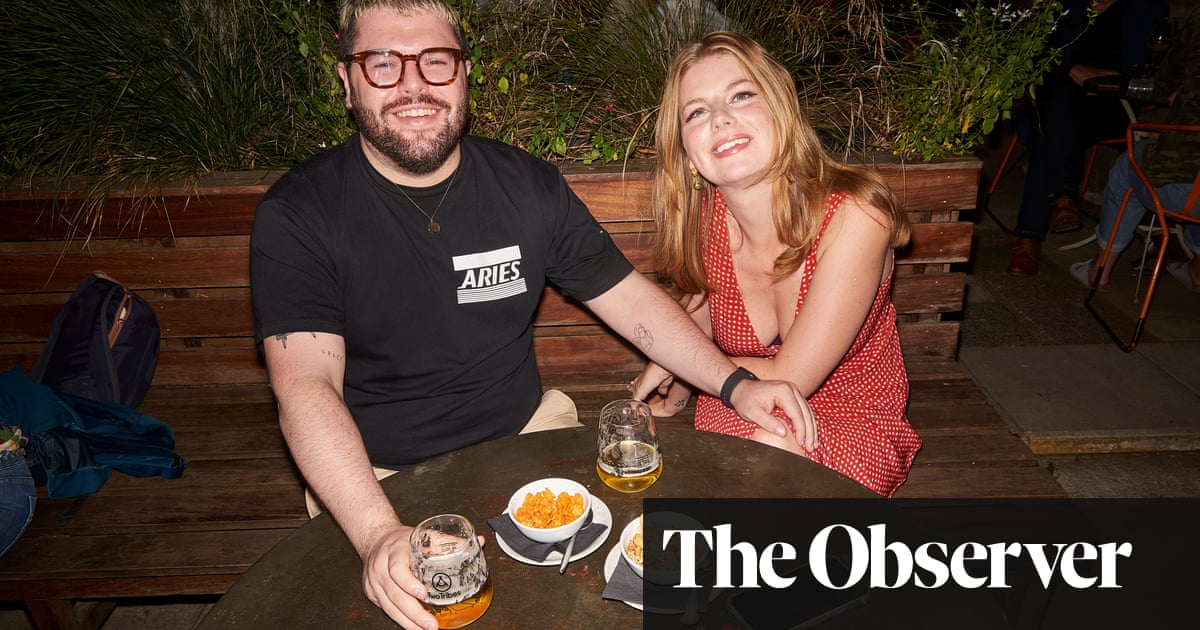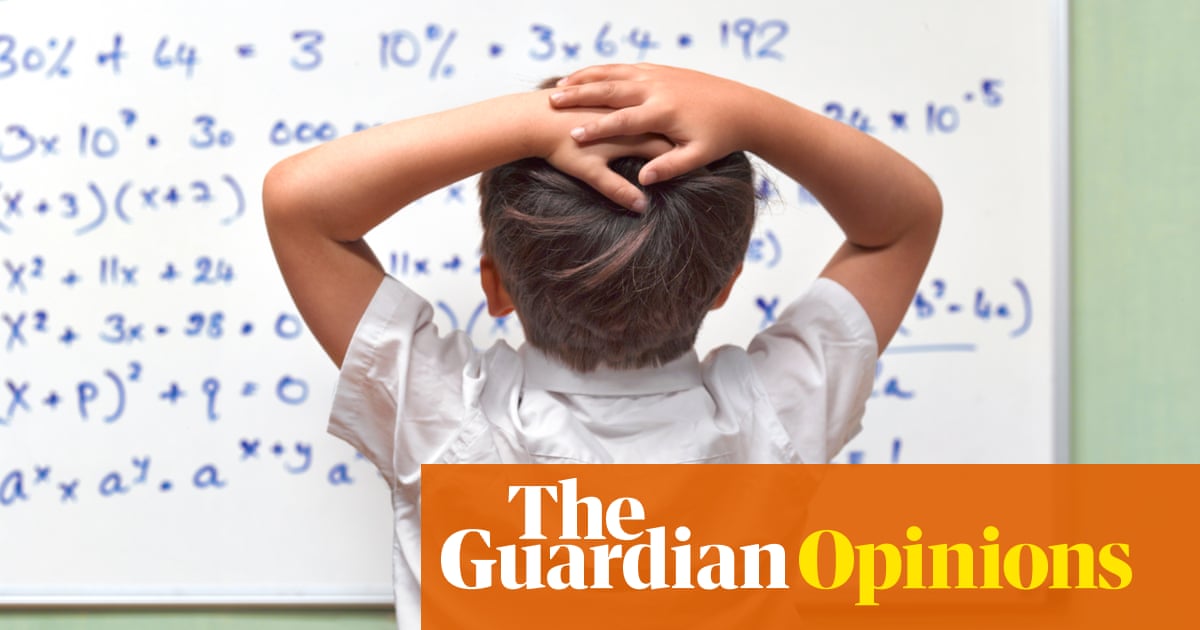
It feels as if the 00s are having a bit of a moment right now. Jennifer Lopez and Ben Affleck are back together, a Gossip Girl reboot just dropped, and the cast of Sex and the City – minus Kim Cattrall – are busy filming on the streets of New York City. But a lot has changed since the 00s: as I studied the familiar image of an impeccably dressed Ms Bradshaw with her pal Stanford Blatch, I couldn’t help but wonder … is the “gay best friend” now a thing of the past?
In the 2000s – long before Lil Nas X was giving the devil a lap dance in PVC boots – representations of gay men in films and TV shows often revolved round the “gay best friend” stereotype. From Damian (“too gay to function!”) in Mean Girls to Stanley Tucci in The Devil Wears Prada and Burlesque, the GBF often played the sidekick to a woman, providing emotional support and fashion tips along the way. SATC’s Stanford Blatch and Anthony Marentino, a colourfully dressed talent agent and sharp-tongued wedding planner respectively, were the quintessential gay best friends. They worked in creative jobs, were armed with witty one-liners and rarely had their own storylines.
Reality TV leaned into this trope, too. When Paris Hilton – a 00s cultural phenomenon – filmed her quest to find her “new BFF”, the winners of her US and UK competition shows were both gay men. But it feels like scripted TV shows and films had a particular love for the GBF. The screenwriter Amrou Al-Kadhi (Little America, Hollyoaks, The Watch) says that it was “the perfect way” for platforms to represent gay characters without having to think of them sexually. “The GBF was always a bit of a eunuch: sexually harmless, more a court jester than anything else,” Al-Kadhi says. “Commercial platforms felt they were doing their bit for ‘inclusion’ without potentially upsetting advertisers. It’s an unthreatening gay representation that was intrinsically tied to commerciality.”
Looking back, Al-Kadhi thinks that this stereotype did more harm than good. “I think it was quite harmful for younger queer audiences to only see themselves in this way, as Shakespearean fools; not intrinsic to the story, but more there to offer the straights some comic relief.”
So what’s changed? From the mid-2000s and towards the start of the 2010s, gay characters began evolving. Television led the way: in Ugly Betty, the stereotype of gay men as fashion-obsessed and bitchy remained. But the show spotlighted several LGBTQ+ characters and afforded its gay leads – fashion assistant turned editor Marc St James and Betty’s nephew Justin – a depth to which audiences had previously been unaccustomed. Similarly, in Ryan Murphy’s Glee, fashion-obsessed Kurt Hummel’s relationship with his dad and teenage romance storylines were handled with a new level of openness and sensitivity. In the UK, the soaps also became noticeably gayer, with Hollyoaks in particular becoming home to a wide spectrum of queer storylines.
Now characters from a variety of LGBTQ+ identities are increasingly seen in bigger roles. Elijah from Girls, played by Andrew Rannells, had a character arc that represents this shift. He started the show off as a “best friend”, of sorts, but ended as an integral part of the story, having gone on a journey in his romantic relationships, friendships and career. From Schitt’s Creek to Pose, it feels as if there’s a move away from shallow stereotypes towards a greater embrace of fluidity across the LGBTQ+ spectrum.
An important part of the move from witty-but-shallow sidekick to protagonist is that queer characters aren’t confined to being “good guys” either: Killing Eve and The Assassination of Gianni Versace spotlight terrifying villains. This newfound complexity coincides with an exploration of queer history too: Russell T Davies followed the success of Queer As Folk and Cucumber with critically acclaimed drama It’s a Sin, which starred a group of mostly gay characters in 1980s London. In a similar style to the 2014 film Pride, the Channel 4 drama depicted a group of friends who were each a combination of flaws, redeeming traits and struggles. Jill – a character who was presumed to be straight – occupied the role of “best friend”, emphasising just how much has changed.
Al-Kadhi thinks that stereotypes such as the GBF are dying out because more LGBTQ+ characters are being created by queer people. “Queer people are able to take charge of their own stories a lot more, and gay representation has massively improved as audiences have come to expect distinct authorship in storytelling,” they say. “People can tell when something is phony, and authenticity is what sells a show to audiences these days.”
As someone who grew up being starved of any vaguely realistic portrayals of gay life on screen, I’m glad that shows such as the new Gossip Girl – which promises to be “queer AF” compared to its astonishingly heterosexual 00s predecessor – are moving with the times. Perhaps when Carrie Bradshaw slips on her Manolo Blahniks once again for the SATC reboot, it’ll be a chance to give GBFs Stanford and Anthony a little more depth. My fingers are crossed, because gay men are a lot more than chic outfits and one-liners – and the “gay best friend” is a trend I’m hoping won’t be back in fashion any time soon.












